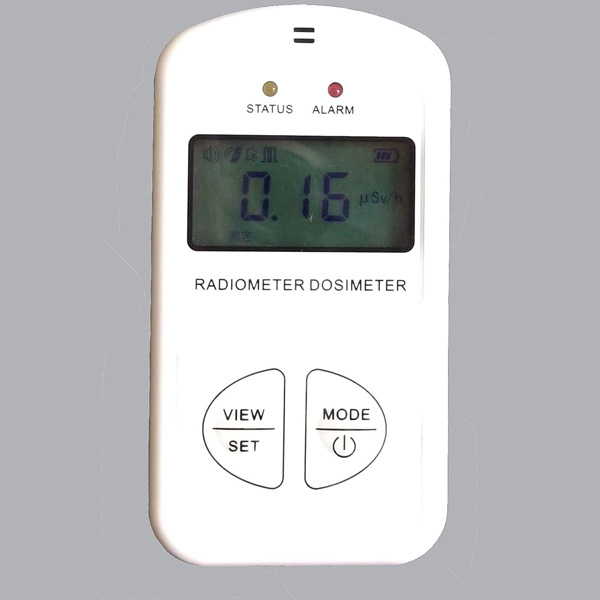An ionizing radiation detector is a device that converts radiation energy into other types of energy that are convenient for registration, most often into electrical energy.
The radiation detector used in radiometers are distinguished:
1. By the principle of action, i.e. by the effect used to convert radiation energy. They are divided into ionization and scintillation: ionization detectors are based on the ionizing ability of radiation; scintillation - on the transformation by a photomultiplier of light flashes (scintillations) that occur in phosphors from exposure to radiation into electrical signals.
2. By the state of the environment in which the effect of radiation occurs. On this basis, scintillation detectors belong to solid-state ones (although liquid scintillators are also used in geochronology). According to the state of the medium, ionization detectors are subdivided into gas (Geiger-Muller counters, proportional counters, etc.), liquid (some types of ionization chambers) and solid-state (semiconductor detectors).
3. Whenever possible to register the energy distribution of radiation, detectors are divided into integral and spectrometric. Spectrometric detectors are characterized by a directly proportional dependence of the output signal on the energy of the detected radiation. For integral detectors, regardless of the radiation energy, the output signal remains constant. An example of an integrated detector is a Geiger-Muller gas-discharge counter, in which the output signal does not depend on the energy of the detected radiation. Spectrometric detectors: scintillation, semiconductor, proportional.
The main characteristics of the radiation detector are: registration efficiency, sensitivity, counting characteristic, level of intrinsic background radiation, resolution time and energy resolution.

